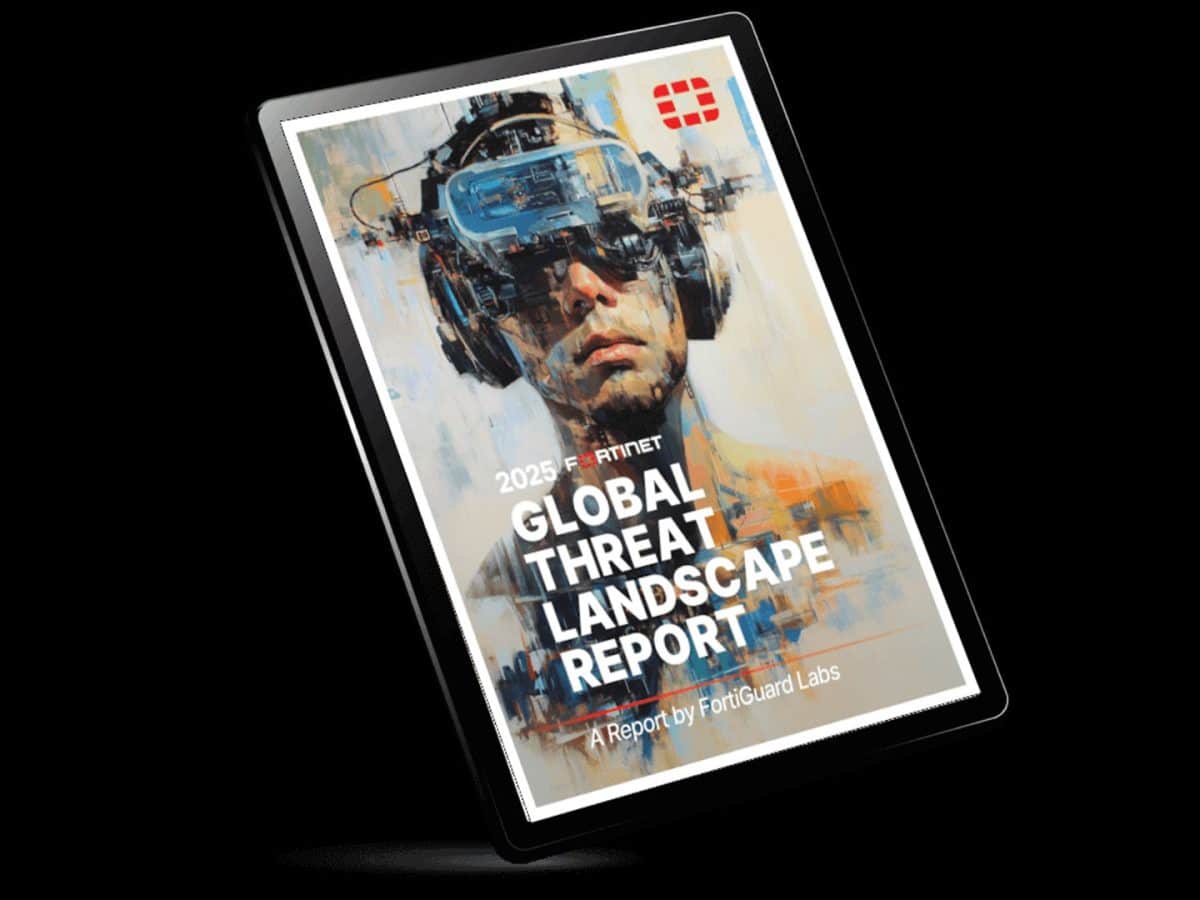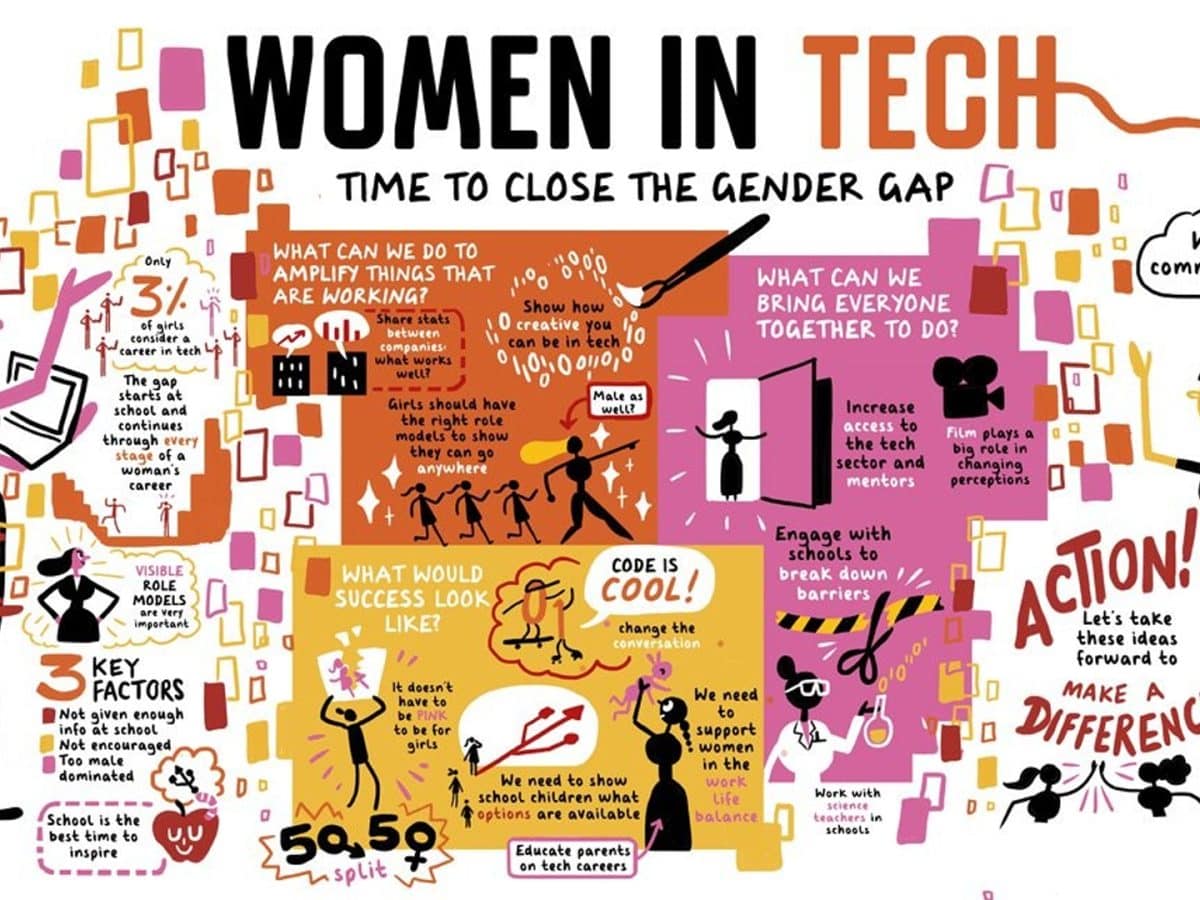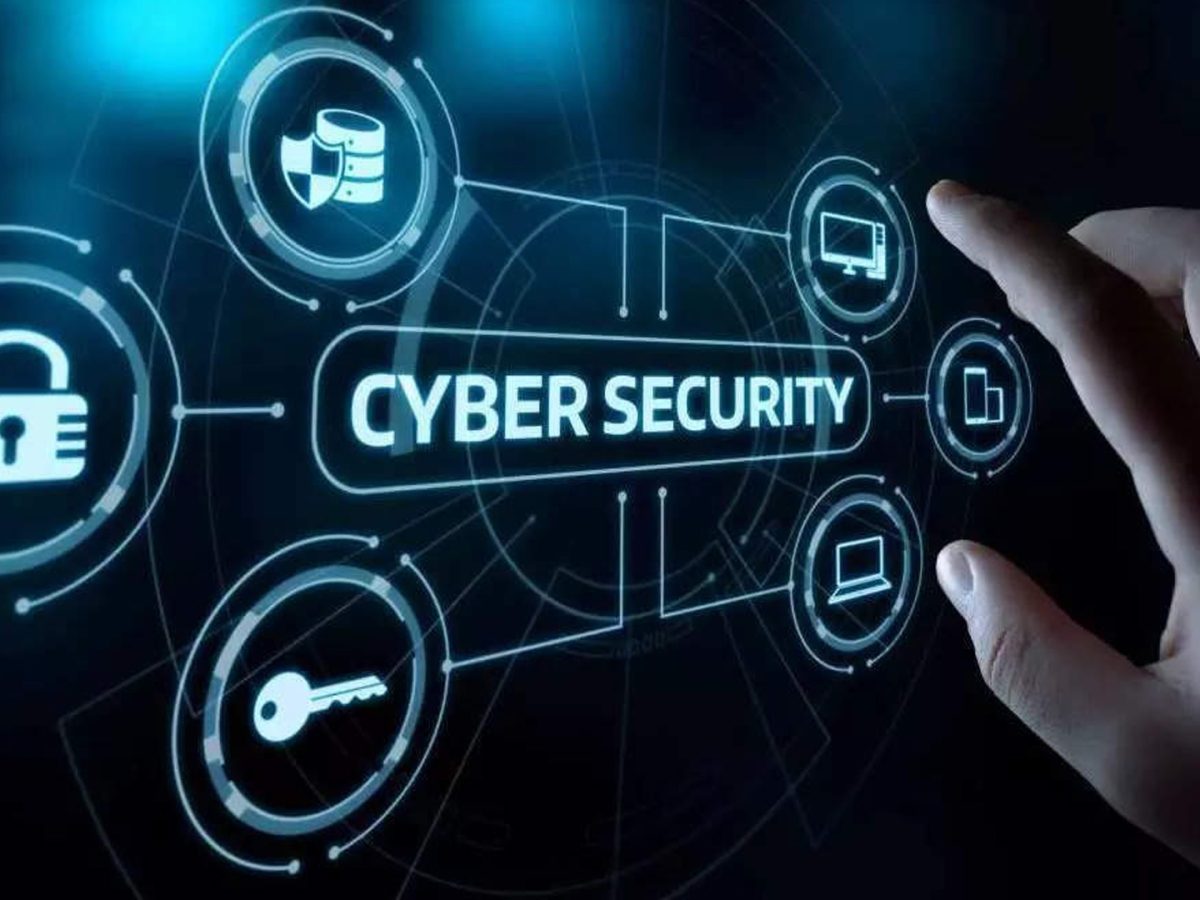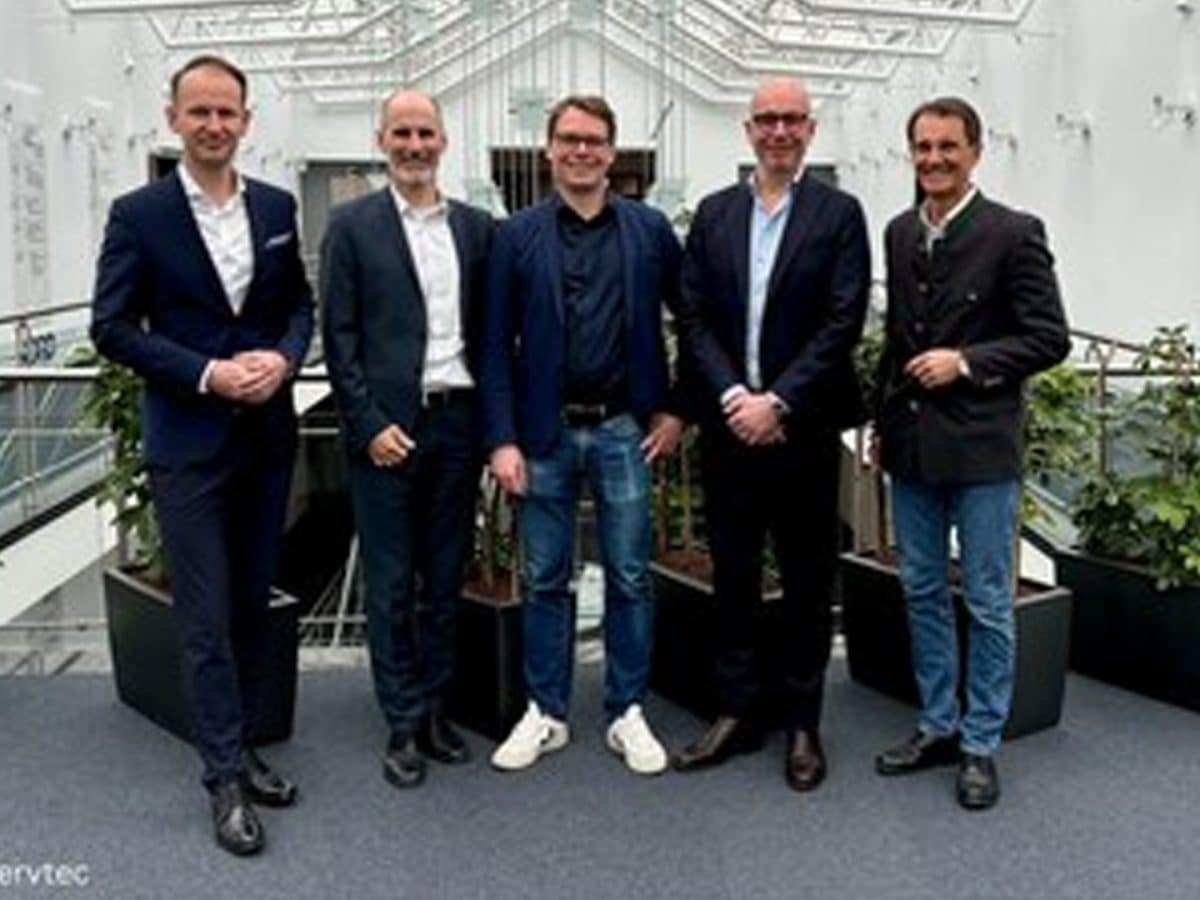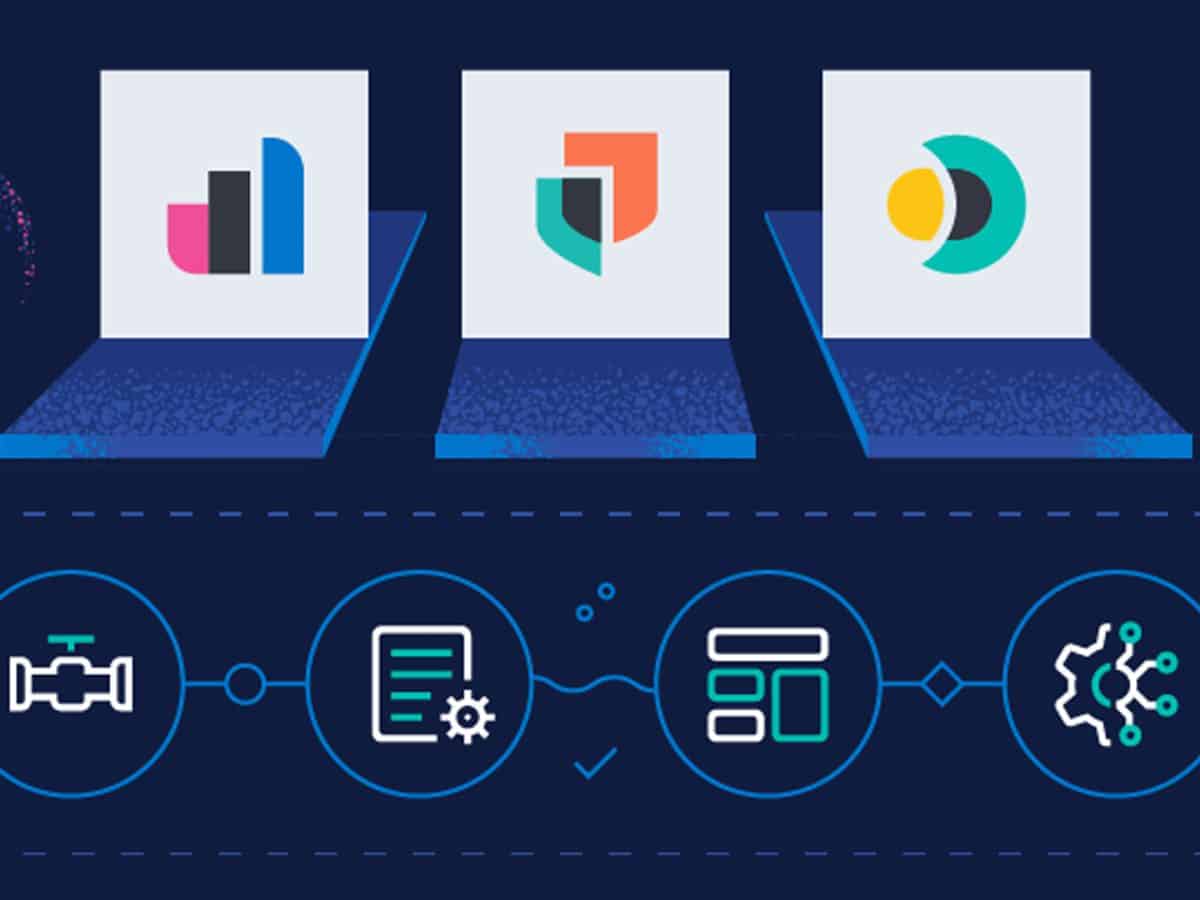In the rapidly evolving realm of cybersecurity and identity and access management in manufacturing, discussions centre around pivotal trends and innovations shaping the industry in 2024. The impact of these advancements, spanning from zero trust architecture and AI-powered threat detection to human involvement in Industry 5.0, underscores the need for robust cybersecurity measures to ensure operational resilience amid technological shifts and evolving cyber threats.
Binod Singh, CEO and Chairman, Cross Identity, shares more with Manufacturing Today. Excerpts:
In the realm of cybersecurity and identity and access management within manufacturing, what significant trends and innovations do you foresee shaping the industry in 2024, and how will they impact your specific sector?
In 2024, cybersecurity in manufacturing will witness pivotal shifts. Zero Trust Architecture (ZTA) is redefining access management, demanding stringent identity verification and continuous authentication. AI and machine learning will power proactive threat detection, safeguarding against evolving cyber risks. The proliferation of IoT devices will spur innovations in dedicated security protocols to shield manufacturing processes and sensitive data. Biometric authentication methods, such as fingerprint and retina scans, will likely see increased adoption, bolstering identity security.
Blockchain’s integration may secure supply chain processes, ensuring data integrity and transparency. The trend towards integrated security platforms will offer comprehensive protection, providing a centralised view to manage diverse security layers.
These advancements will significantly fortify manufacturing security, shielding critical systems, intellectual property, and operational integrity. Yet, they will necessitate ongoing training for personnel to navigate evolving security protocols. As manufacturing becomes more interconnected, increasingly robust cybersecurity measures will be essential to sustain operational efficiency and thwart disruptions, underscoring the need for continual adaptation and investment in cutting-edge security solutions.
How do you envision the transition from Industry 4.0 to Industry 5.0 in the context of cybersecurity and identity and access management, and what role do humans play in securing this new era of manufacturing? Additionally, how has your sector adopted and adapted to the cybersecurity implications of this trend?
The transition from Industry 4.0 to Industry 5.0 will likely deepen the integration of human-machine collaboration and the convergence of physical and digital realms in manufacturing. Cybersecurity in this evolution will focus on harmonising advanced technologies with human oversight. Industry 5.0 will emphasise AI-centric approaches, integrating human skills with automation, where cybersecurity will prioritise AI involvement in decision-making, threat analysis, and response protocols.
Humans will still play a significant role in securing this era by providing contextual understanding, intuition, and ethical judgement in handling complex cybersecurity incidents. Their involvement will focus on interpreting nuanced threats, validating machine-generated insights, and adapting security measures to evolving risks.
In the manufacturing sector, the transition to Industry 5.0 will necessitate a paradigm shift in cybersecurity strategies. There will be a greater emphasis on AI-centric security frameworks, ensuring that technological advancements integrate with human intervention. Training programs will likely focus on enhancing cyber literacy among employees to effectively navigate the complexities of Industry 5.0 technologies while upholding robust cybersecurity protocols. Additionally, the sector will invest in adaptive security measures that integrate human decision-making with automated responses to combat sophisticated cyber threats effectively.
With the integration of technology in identity and access management, how do you see the role of human workers evolving alongside cybersecurity automation? What strategies are you implementing to harness the benefits of this transformation and ensure a secure workforce management environment?
As technology increasingly automates aspects of identity and access management (IAM), the role of human workers evolves toward oversight, strategy, and higher-level decision-making in cybersecurity. Human involvement becomes more critical in interpreting complex threats, fine-tuning automated systems, and setting overarching security policies aligned with business goals.
To harness the benefits of this transformation while ensuring a secure workforce management environment, strategies are multifaceted:
- Skill Enhancement: Emphasise continual training to enhance cybersecurity skills among human workers. This includes understanding the nuances of new technologies, interpreting threat analytics, and adapting security measures accordingly.
- Collaborative Oversight: Encourage collaboration between automated systems and human experts. Automation can handle routine tasks, while humans supervise, validate, and intervene in complex scenarios that require contextual understanding.
- Adaptive Policies: Develop flexible security policies that integrate human judgement with automated responses. This involves creating protocols for human intervention in critical situations and ensuring automated systems align with ethical and regulatory standards.
- User-Centric Approaches: Prioritise user experience while maintaining security. Implement IAM solutions that balance ease of access for employees with robust security measures.
In our sector, we’re investing in comprehensive training programs that blend technological proficiency with human insight. We’re integrating AI-driven IAM tools while emphasising the importance of human oversight to ensure intelligent and adaptive cybersecurity measures. This holistic approach aims to empower our workforce to effectively navigate evolving security challenges while leveraging technological advancements in IAM.
Can you share insights into the role of smart factories in your industry from a cybersecurity perspective? How are these factories revolutionising manufacturing processes, especially in terms of data analytics and real-time decision-making while maintaining robust identity and access management protocols?
Smart factories revolutionise manufacturing by integrating IoT devices, AI, and data analytics, enabling real-time insights and agile decision-making. From a cybersecurity standpoint, these advancements demand robust identity and access management (IAM) protocols.
Smart factories collect vast amounts of data from interconnected devices. Robust IAM ensures only authorised personnel access sensitive systems and data, preventing breaches. Implementing zero-trust frameworks in these dynamic environments adds an extra (and now necessary) layer of security, continuously authenticating users and devices.
Moreover, advanced data analytics in smart factories rely on secure data pipelines. Encryption, monitoring, and authentication protocols safeguard data integrity and confidentiality. Real-time analytics enable immediate threat detection and response, critical in fast-paced manufacturing environments.
IAM protocols in smart factories incorporate adaptive access controls, dynamically adjusting permissions based on contextual factors. Biometric authentication and multi-factor verification add resilience against unauthorised access.
In our sector, we are embracing IAM solutions that evolve with smart factory technologies. We implement AI-driven authentication systems, regularly update access policies, and emphasise employee training on cybersecurity best practices. This approach ensures a balance between innovation and security, enabling the transformative potential of smart factories while safeguarding against evolving cyber threats.
Considering the unpredictability of global events and the increasing cybersecurity threats, what cybersecurity strategies have you put in place to ensure business continuity and resilience in the face of unforeseen challenges in manufacturing?
In response to the unpredictability of global events and escalating cybersecurity threats, our manufacturing sector has adopted a multifaceted cybersecurity strategy to ensure business continuity and resilience.
- Risk Assessment and Mitigation: Regular risk assessments identify potential vulnerabilities and threats. We implement proactive measures to mitigate risks, continually updating and evolving our security protocols.
- Diverse Defence Layers: Implementing a multi-layered defence strategy involves combining firewalls, encryption, intrusion detection systems, Identity & Access Management systems, and endpoint security. This approach fortifies our systems against diverse cyber threats.
- Business Continuity Planning: Robust contingency plans outline procedures for maintaining operations during cyber incidents or unforeseen events. These plans encompass data backup, alternate communication channels, and rapid response teams to minimise disruption.
- Employee Training and Awareness: Cybersecurity awareness programs educate employees about potential threats, emphasising best practices and protocols. Well-informed employees become an integral part of the defence against social engineering attacks and other vulnerabilities.
- Collaboration and Incident Response: Establishing partnerships with cybersecurity experts enables swift incident response and recovery. This collaboration ensures access to expertise and resources during critical moments.
- Regular Updates and Patch Management: Timely application of software updates and patches addresses known vulnerabilities, reducing the risk of exploitation by cyber threats.
By integrating these strategies, we aim to fortify our manufacturing systems against unforeseen challenges, ensuring business continuity and resilience in the face of evolving cybersecurity threats and global uncertainties.
6) How are technological transformations, particularly in the realm of cybersecurity, reshaping the manufacturing landscape? What cybersecurity measures are being implemented to address emerging challenges and threats?
Technological transformations, especially in cybersecurity, are profoundly reshaping the manufacturing landscape. The convergence of operational technology (OT) and information technology (IT) has revolutionised production processes but also introduced new vulnerabilities. Manufacturers are adopting several cybersecurity measures to address emerging challenges:
- Integration of OT and IT Security: Traditional IT-centric cybersecurity measures are being extended to OT environments. This integration ensures holistic protection across interconnected systems.
- Zero Trust Frameworks: Implementing zero-trust architectures helps prevent lateral movement within networks by continuously verifying identities and devices, crucial in securing manufacturing networks against sophisticated attacks.
- AI and Machine Learning: Leveraging AI-driven cybersecurity solutions enhances threat detection and response capabilities. Machine learning algorithms identify anomalies in user behaviour, enabling proactive mitigation of potential threats.
- Endpoint Security: Strengthening endpoint security for connected devices and machinery involves deploying robust encryption, access controls, and regular updates to mitigate vulnerabilities.
- Supply Chain Security: Manufacturers are enhancing supply chain cybersecurity by implementing blockchain technology for secure and transparent data exchange, ensuring the integrity and authenticity of the supply chain data.
- Cyber Resilience Planning: Developing comprehensive incident response plans and regularly conducting simulations to prepare for and mitigate the impact of cyber incidents on manufacturing operations.
These measures collectively fortify the manufacturing landscape against evolving cyber threats, ensuring the resilience and security of critical production systems amidst rapid technological advancements.
7) As we look towards 2024 and beyond, what are the key challenges and opportunities related to cybersecurity, identity and access management that manufacturers should be prepared to navigate in this rapidly evolving technological landscape?
In the evolving landscape of cybersecurity and identity access management (IAM) for manufacturers, key challenges and opportunities are intertwined:
Challenges:
- Complexity in Connectivity: The proliferation of IoT devices and interconnected systems amplifies and extends attack surfaces, demanding robust security measures to protect against diverse threats.
- Cyber Talent Shortage: The scarcity of skilled cybersecurity professionals poses a challenge. Manufacturers must invest in training and talent acquisition to keep pace with evolving threats.
- Regulatory Compliance: Adhering to evolving data protection regulations and industry standards requires continuous monitoring and adaptation of cybersecurity frameworks.
Opportunities:
- Innovation in AI and Automation: Leveraging AI-driven cybersecurity tools streamlines threat detection and response, enabling more proactive security measures.
- Zero Trust Adoption: Implementing zero-trust architectures offers an opportunity to enhance security by continuously verifying identities and devices, bolstering access management.
- Collaborative Defence Approaches: Partnering with cybersecurity experts and industry peers to share threat intelligence and best practices strengthens overall defence against sophisticated cyber threats.
To navigate this landscape, manufacturers should prioritise proactive cybersecurity strategies, invest in employee training, embrace emerging technologies, and foster collaborative partnerships. Adaptability and agility in response to evolving threats and opportunities will be crucial for maintaining secure manufacturing operations in the years ahead.

